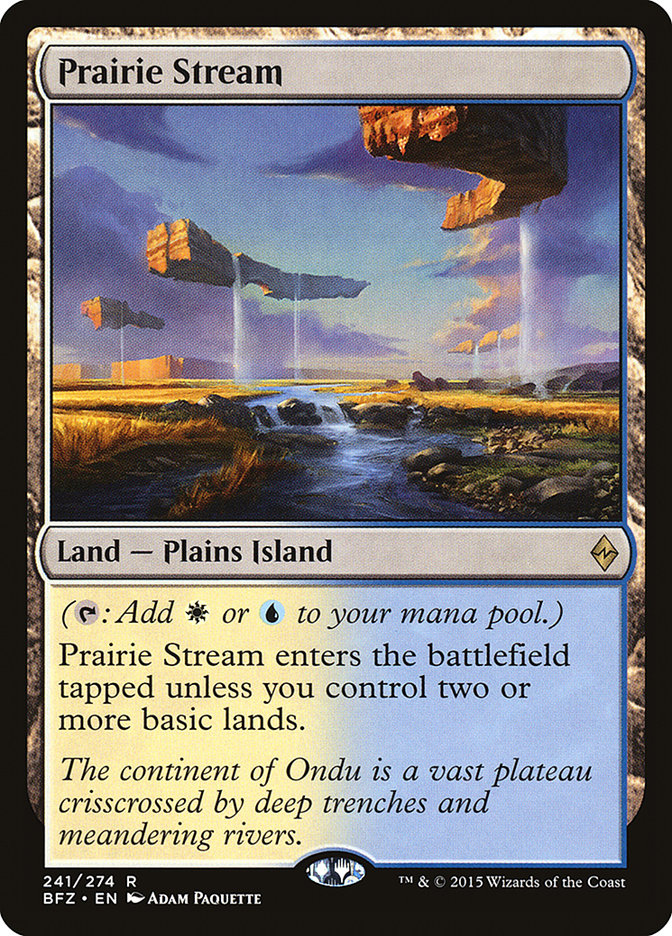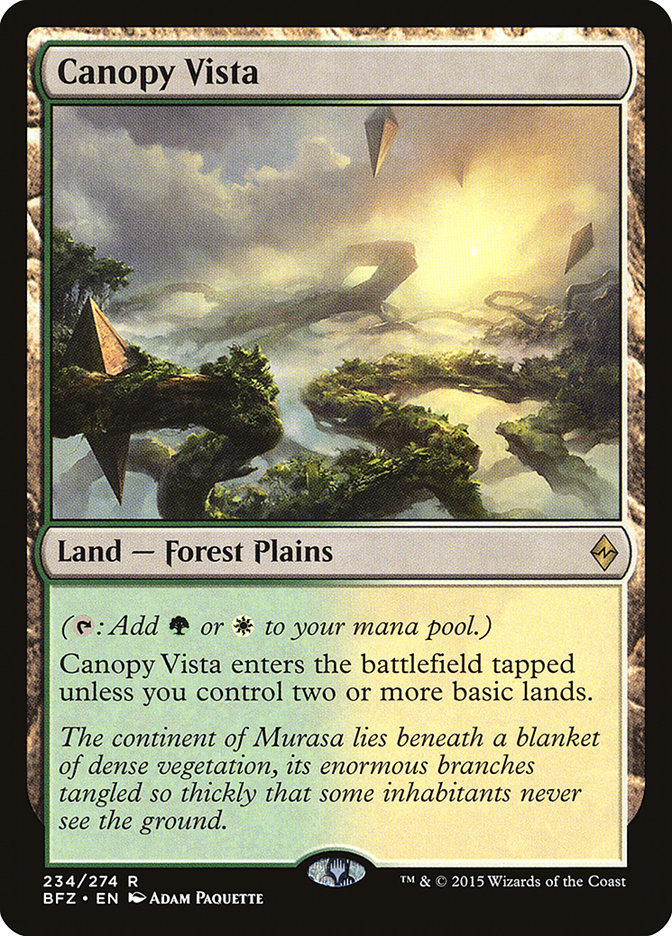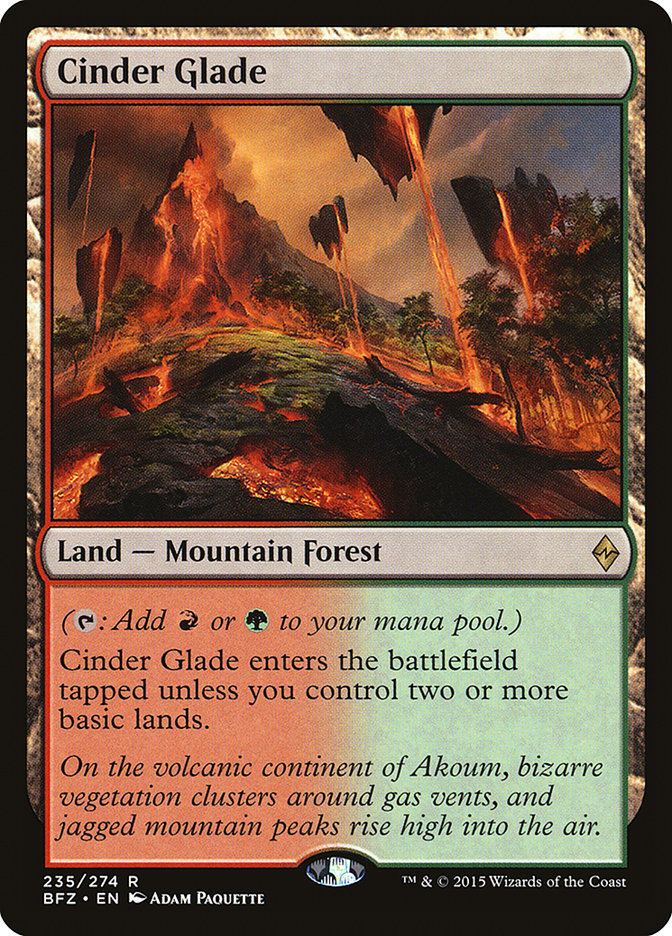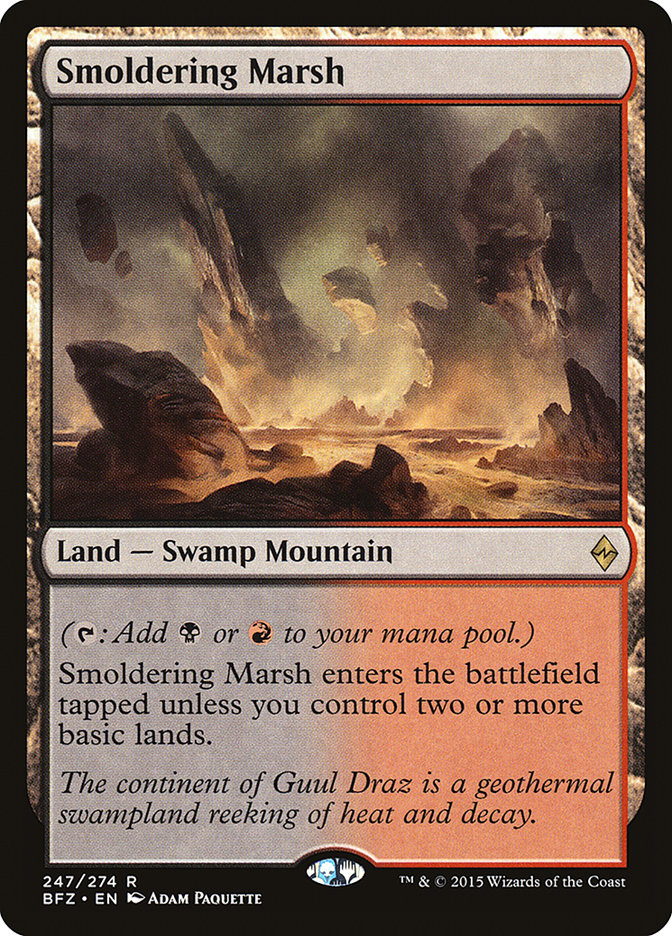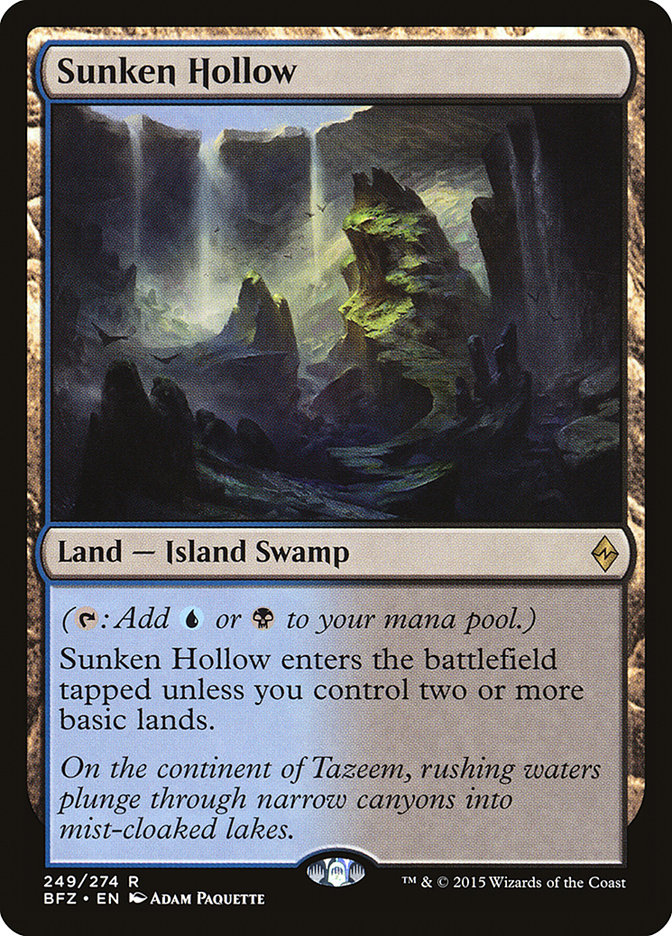Everything is about to change.
If you’ve only played Standard since Theros, you’re going to have to rethink everything you think you know about manabases. You’re not going to be
scrying three times per game for free, and that’s going to make a huge difference.
If you used to build your control decks with an extra land because the Temples could reduce flooding, you’re probably going to need to play with one less
land. If you played fewer lands in your low curve decks, you may want to add an extra land. Those scrys were functionally part of your manabase because the
extra scrying ensured you had what you needed more often than not. Now that crutch is gone, and we have to adapt.
Or rather, just go back to the way things used to be.
These are the lands that will exist in Standard (that we know of):
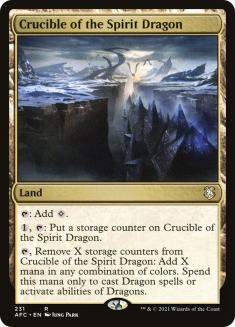
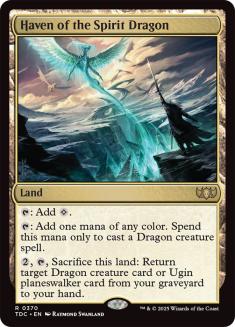

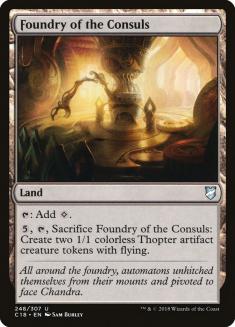
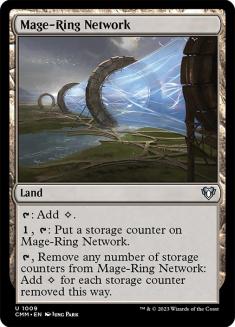
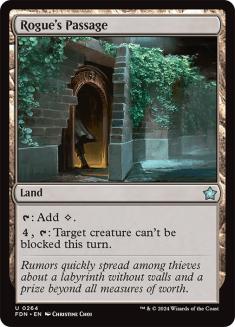
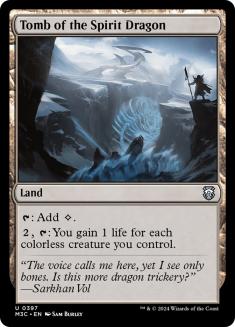

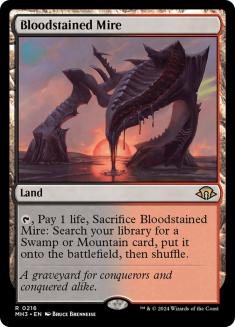
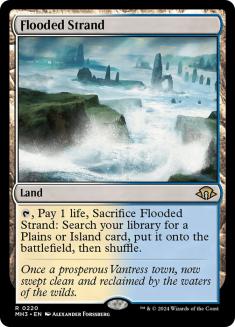
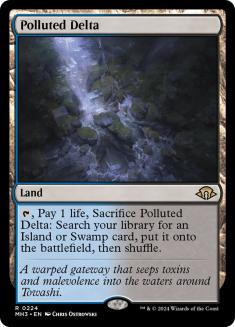

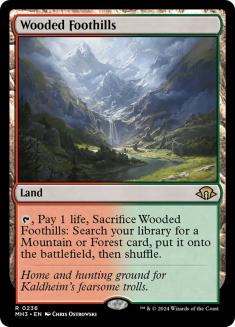

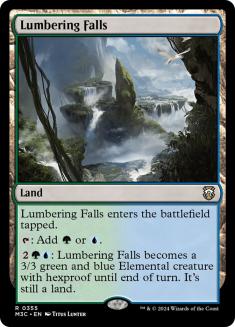

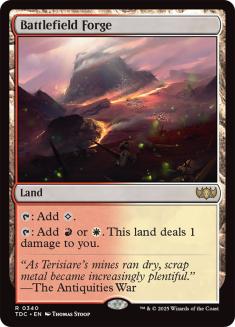
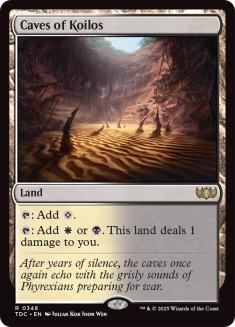
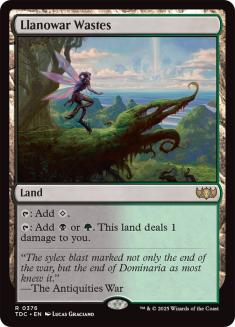
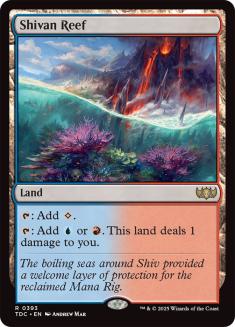
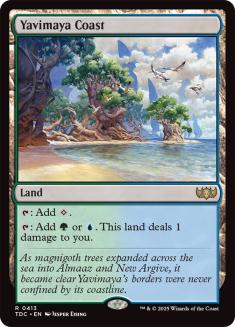

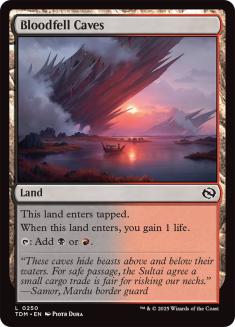
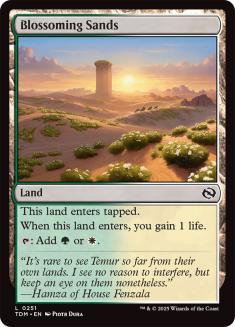
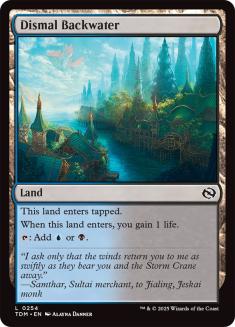
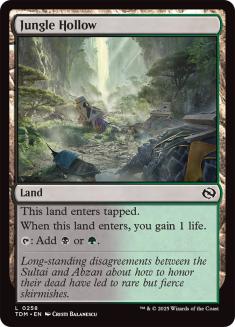
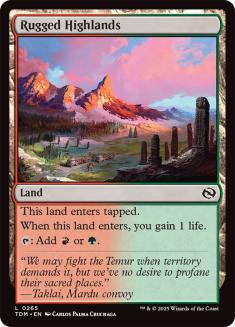
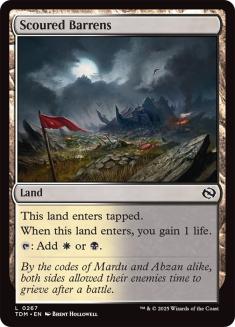
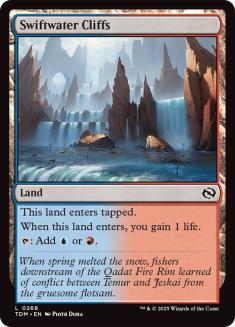
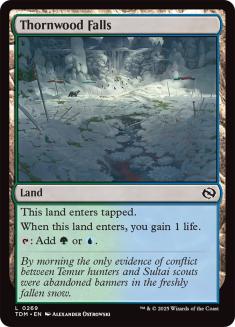
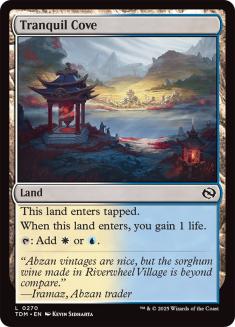
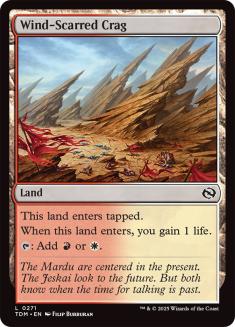

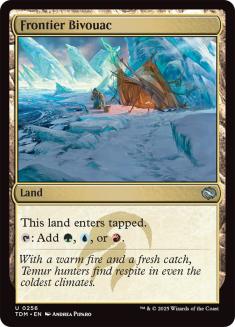
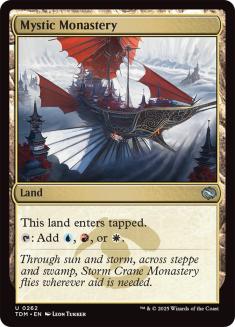
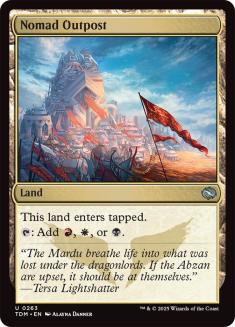
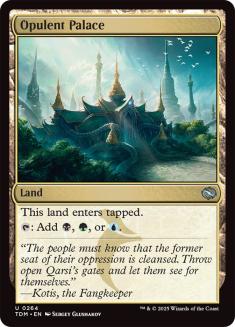
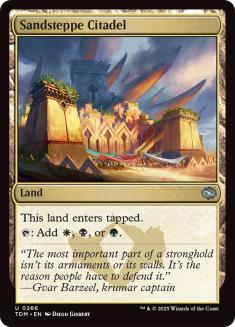
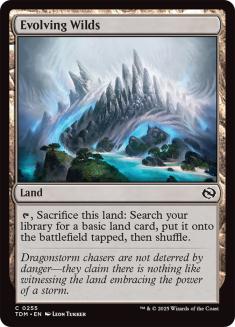

There will likely be three enemy creature-lands in Battle for Zendikar along with the other two in the next set. It wouldn’t really be Zendikar
without some common or uncommon utility lands though. Perhaps something like Teetering Peaks makes a return? Who knows. Either way, we’ve got a lot to work
with. Ross Merriam got us started withhow to look at manabases once Battle for Zendikar drops, but stuff is about to get weird.
Why Are These Battle Lands So Good?
Someone very smart once told me I’m an optimist. Despite my cynicism, that person was correct.
These lands might enter the battlefield tapped at times and they might clog up your hand, but really, they are as good as you want them to be. You just
need to work for it.
On their best day, these are fetchable dual lands that enter the battlefield untapped!
How insane is that? All we need to do is figure out how to make them do what we want them to. I want a world where we can skip turn 1 if we need to in
order to put one of these things onto the battlefield tapped but where we never have one enter tapped for the rest of the game. Perfect mana with no
drawbacks is definitely something I will work to achieve and so should you. There’s a recipe out there for exceptionally great mana, and I believe we can
find it.
It will probably be complicated.
Yuuya Watanabe suggested on Twitter
that a manabase of three of each fetchland, one of each Battle land, and one of each basic could be a reasonable manabase. You get fifteen of each source,
which is outlandishly good. Four Siege Rhino and four Mantis Rider in the same deck? Sure, why not?
Realistically, I think this is the time where we figure out what cards we want to play and then figure out the mana later, because it kind of looks like we
can make it work regardless of what we’re trying to cast.
Let’s start with a simple one.
U/R Aggro
I worked on decks like this for the Season Three Invitational. The prowess creatures alongside Treasure Cruise are very powerful. If your removal is
burn-based, you can finish off your opponent quickly. The main issue I ran into was ensuring Treasure Cruise was as good as it could be. There are no
Thought Scours in Standard, but there is Magmatic Insight, and it turns out that card is phenomenal in a deck like this.
Jace, Vryn’s Prodigy isn’t very aggressive, but it is quite good in the deck. If you don’t get off to an early start, it’s not uncommon to be attacking for
double digit damage on Turn 4 or 5. Because of that, this deck doesn’t need to focus explicitly on being aggressive early. Prowess helps you turn the
corner quickly and you have a bunch of card drawing and removal to play a grindy game.
Because of how the new mana will work, we can easily splash black.
2 Roast
That’s only 32 cards, but we can fill out the decklist with Chandra, Fire of Kaladesh, Kolaghan’s Commands, or whatever Lightning Strike equivalent is in Battle for Zendikar if we want. We have eight red fetchlands, but only one of them is fully on-shard. That’s fine, because we can improvise.
8 Mountain
1 Island
That gives us fifteen blue sources, twelve black sources, and 22 red sources, so I would call that a win. On top of everything else, we only have four
lands that enter the battlefield tapped, and that’s only for sure on turn 1. Maybe there are too many painlands that mess up the Battle lands entering the
battlefield tapped, so maybe we could shave some of those.
A Quick Lesson
A lesson I learned a while ago involves having your manabase be “too good” to the point where it hinders you. Sometimes, this is a case of playing all dual
lands when possible and losing to something like Blood Moon or Price of Progress or just the awkwardness of your lands not working well together. In the
case of this format, I’m worried about the Battle lands not working because of too many non-basics in the decklist, either tri-lands, painlands,
creature-lands, or even other Battle lands.
Sure, we could play all the duals and technically have twenty of each source, but is that the most conducive to winning games of Magic? With the Battle
lands, I see a world with good mana, but not just that — good mana where my lands enter the battlefield untapped.
How many basics do we need for the Battle Lands to enter the battlefield untapped reliably? Fetchlands definitely count in this equation. I’m leaning
toward a little over half, assuming a fairly normal manabase with 24 lands. Obviously a twenty-land manabase with ten Battle lands and ten basics isn’t
going to cover it. In these situations, I generally like to be more conservative since the flip side is typically so much more disastrous.
Either you end up with a bunch of basic lands and the negative scenario is you’re missing a color, or can’t cast double Dromoka’s Command or some such on a
critical turn, or you have a bunch of Battle lands and your mana is technically great except you can’t cast your spells on time. In the first scenario, at
least you’re probably getting to play Magic and it should only take a single fetchland to unlock your third color. In the second scenario, you’re likely
dead before you get anything going.
Sequencing
As Ari Lax pointed out in his article yesterday,
sequencing should be a big part of how you build your manabase. Think about how you want your deck to play out, what lands best make that sequence work,
and build your manabase around that. Previously, that type of deckbuilding wouldn’t be realistic because obviously you’d like to start on Sandsteppe
Citadel, but you’ve only got four of those. However, since we have fetch/dual manabases, suddenly you have more consistency than you were previously used
to.
In this U/R (but really, Grixis) deck, there are only five fetchable lands for Polluted Delta, but that’s alright as long as we pay attention to that
during game play. For example, you probably want to fetch Mountains with Bloodstained Mire once you have all your colors to ensure that Polluted Delta can
fetch up a land later if necessary. Maybe having double blue or double black on a specific turn might matter, so don’t be blindly fetching basic
Mountains–definitely be thinking about it.
I think the typical progression will be basic, basic, dual, dual or dual, basic, basic, dual, depending on what your hand looks like. Some of the crazier
decks may lead with a tri-land or creature-land on turn 1 though.
Overall, sweet, but simple.
Esper Dragons
This deck is mostly still intact after rotation, so tapout control players can rejoice. Problematic cards like Deathmist Raptor and Den Protector still
exist as well, but maybe those can be worked around. The best plan I’ve found is to use Jace, Telepath Unbound to keep the board clear with repeated
Languishes, strip their extra Den Protectors with Despise, and eventually build up to Ugin, the Spirit Dragon. It’s a tall order, but it’s doable.
The other, more classic option, is protect Dragonlord Ojutai and hit them four times.
1 Silumgar, the Drifting Death
1 Languish
3 Despise
That gives us room for 27 land, but I honestly wouldn’t mind having a 28th. With four looters in the deck, I can see an argument for playing more lands
because you can simply loot them away if you get flooded, or because you have the extra drawing power to hit your land drops if necessary. In these types
of decks, I typically like running a land heavy because they can win from behind if they’re flooded but not if they’re stuck on two or three mana. Jace can
help you dig out of mana screw, but realistically, I like my chances better if he’s digging me out of mana flood.
5 Island
3 Swamp
1 Plains
1 Open Slot, perhaps a B/W creature-land or two?
With a manabase this good, you could even play Orator of Ojutai if you wanted. At the very least, you could dip into more white cards, but you’d have to
change the manabase a bit to accommodate that.
I’m not playing any Dismal Backwaters because I’d rather they be additional Battle lands or additional basic lands. I imagine that in our fetch/dual world,
there is going to be no need for the Dismal Backwaters of the world.
Sequencing
Turn 1 discard spell is kind of out the window, but that was also the case with the Temples. Ideally, you’re going to watch to fetch a dual, basic, basic,
then fetch duals again as necessary. Flooded Strand into Sunken Hollow and then Polluted Delta into Swamp on turn 3 for Ruinous Path is where you want to
be. That would leave you without white mana, but your turn 3 land could be Caves of Koilos or your turn 4 land could be Haven of the Spirit Dragon or
another fetchland into Prairie Stream.
As we saw with Esper Dragons previously, the deck can operate without white mana for a while, but sometimes sacrifices have to be made in order to cast
Dragonlord Ojutai on turn 5. For example, you may have to give up the ability to play a spell on turn 2 or two spells on turn 4 if it means you have to
fetch a Prairie Stream instead of an Island.
Jeskai
Creatures (17)
- 4 Mantis Rider
- 2 Soulfire Grand Master
- 4 Jace, Vryn's Prodigy
- 3 Pia and Kiran Nalaar
- 4 Hangarback Walker
Lands (26)
Spells (17)

That manabase is eighteen blue sources, eighteen white sources, and sixteen red sources, and I’m sure it’s not optimized. Depending on where we wanted to
be, we could also have Bloodstained Mires, more Mountains, and more red sources. I could also see a world in which we don’t play Flooded Strand at all and
end up splashing Crackling Doom. You could also add a Sunken Hollow and do that with this current manabase, although I wouldn’t recommend having Crackling
Doom and Island in the same deck.
The question that’s on my mind is, “Why is Polluted Delta better than Flooded Strand in my Jeskai deck?” I guess that’s just the world we live in now.
Polluted Delta can find red mana or a blue/white dual land, so in the earlygame, Polluted Delta can find any of your colors. Maybe the fact that you can’t
actively fetch the basics you want in the lategame is an issue, but maybe we’re supposed to play more fetches and more Battle lands instead of painlands.
Jeskai aside, I think that’s going to be the case with all the wedges. Your mana isn’t going to have eight on-color fetchlands, so you’re going to have to
take the backdoor to get to where you want to be. Because of that, you’re going to have an extra colored mana symbol in your manabase that you can put to
use.
Or not.
3 Plains
1 Island
2 Mountain
This manabase has ninteen blue, seventeen white, and fourteen red sources. There’s also thirteen black sources randomly. Something like a miser’s Murderous
Cut could be great. Need to beat an artifact? Play a Kolaghan’s Command. You could realistically start four Crackling Dooms in those open slots with a
higher emphasis on black and red mana.
Bant
With Jace, Den Protector, and Dromoka’s Command, you’ve got a solid Bant shell just asking to be filled out with some of the new goodies from BFZ.
This pile of cards likely doesn’t make up a winning deck and it’s only 29 cards, but we’ll just ignore those aspects for now. We want each of our three
colors early (plus double green on turn 3), so how do we achieve that?
4 Forest
3 Plains
1 Island
This manabase has nineteen green sources, sixteen white sources, and thirteen blue sources with only 24 land. That’s close to a slam dunk, at least
numbers-wise. Jace, Vryn’s Prodigy might be hanging out for a while without you being able to cast him on Turn 2, but this deck could use a 25th land. A
fourth Lumbering Falls isn’t out of the question.
I think this deck is lacking some lategame power, so let’s try to juice it up a bit.
Creatures (25)
- 3 Rattleclaw Mystic
- 2 Dragonlord Atarka
- 4 Den Protector
- 2 Dragonlord Ojutai
- 4 Deathmist Raptor
- 3 Jace, Vryn's Prodigy
- 3 Nissa, Vastwood Seer
- 4 Hangarback Walker
Lands (25)
Spells (10)

This manabase is 25 land and has twenty green sources, sixteen white sources, thirteen blue sources, and eight red sources. Overall, not bad, but once
again, Jace proves to be difficult to cast on turn 2 in these base green decks.
Extra fetchlands could be nice, but it brings up the question of how many fetchlands is too many, and does it solve our problems? Fueling delve could be a
thing to take advantage of, but the life loss isn’t free. Imagine those games where you had to take painland damage every turn and how quickly it added up,
because if half your lands are fetchlands, that’s what it’s going to feel like.
What if we did this?
1 Island
1 Plains
4 Forest
My first reaction is that there’s a lot of lands that only make green or green and blue mana. You still end up with sixteen white sources but end up with a
whopping 22 green sources. Red went up a source and blue stayed the same. Is it worth it? Based on what this deck wants, I’m guessing no. You don’t need
every single source in the deck to make green mana, and that just ends up making your manabase “too good” at the cost of some additional life points.
However, adding additional fetchlands might help if the manabase had eight green fetchlands but wasn’t actually a green-based deck. Imagine a world in
which we’re based in U/W but wanted to splash red and green, perhaps for Mantis Rider and Savage Knuckleblade.
Temur/Jeskai
Creatures (20)
Lands (25)
Spells (15)

That’s 25 land, sixteen green sources, fifteen red sources, nineteen white sources, and sixteen blue sources. We are probably high on green and low on blue
and a touch light on red, so something has to happen there, but that’s a lot of sources for a four-color deck.
Do the tri-lands impede our ability to make our Battle lands enter the battlefield untapped? Perhaps, but we still have seventeen ways to find a basic
land, which I think is pretty damn high. Since we’re high on green mana, we could cut the Bivouacs, but if we lead on Mystic Monastery, how likely is it
that we get to cast Savage Knuckleblade on turn 3? I don’t want to play a basic Forest with Jeskai Charm and Mantis Rider in the deck, so unless I want to
skip playing a two-drop, the answer is that the tri-land hurts us by a lot.
What if we skipped tri-lands altogether?
2 Mountain
3 Island
2 Plains
We can lead on Cinder Glade and follow it up with fetches for Island and Plains, which will allow us to cast any of our spells.
That leaves us with sixteen green, thirteen red, thirteen blue, and seventeen white. That shouldn’t be surprising considering our fetchland suite has eight
that fetch green and eight that fetch white, while only four that fetch blue or red. Perhaps we do need the tri-lands, the basic Forest (possibly foregoing
Jeskai Charm), or to sacrifice the ability to play Savage Knuckleblade on turn 3. That’s kind of the reason for building the deck though!
The lesson here is that if you have a four-color combination you want to play, the colors with eight on-color fetchlands should probably be your main
colors, otherwise you might run into issues. Tri-lands alleviate some of those issues, but they’re not the perfect fix because of how negatively they
interact with the Battle lands.
Painlands are a thing I’m not utilizing, but again, I’m skeptical of their inclusion. Still, as I start building actual decks, it’s probably worth
revisiting things that I’ve previously sworn off.
Grixis
Esper is a fine deck, but maybe the black removal isn’t great and you’d rather have Radiant Flames as your sweeper of choice. Either way, you’re going to
want Dragonlord Ojutai if possible. Here we get to keep Foul-Tongue Invocation but play some early red removal instead.
Creatures (10)
Planeswalkers (2)
Lands (26)
Spells (22)

This deck isn’t the cleanest, and I’m unsure how good Ob Nixilis Reignited will be, but it feels like another threat that’s worth tapping out for. This
deck looks weaker than Esper overall, but as I said earlier, it could be better based on the metagame. Regardless, it does go to show you what’s possible
when constructing manabases for your new brews once we start getting deeper into the spoiler.
Converge
Radiant Flames is a great starting point, but Bring to Light might be what seals the deal. Even if you’re “only” able to produce four colors of mana,
Bright to Light is at least going to be Siege Rhinos 5-8, and that’s not exactly the worst deal. I don’t know about you, but I sure wouldn’t mind casting a
Siege Rhino out of my graveyard thanks to Jace, Telepath Unbound.
We probably need at least one other converge spell to get cooking, or perhaps another Sylvan Caryatid-esque mana fixer to see how deep down the rabbit hole
we can go. Rattleclaw Mystic is a start, but I would prefer something more resilient if possible.
To Recap
Not only is your manabase going to stop helping you draw better, but it’s also going to be a major part of deck construction, and a difficult one at that.
Hostile landscapes, indeed.
This is what you’re going to be looking at when you build an enemy colored deck:
– U/R-Polluted Delta/Bloodstained Mire — Backdoor black.
– U/G-Windswept Heath/Flooded Strand — Backdoor white.
– W/B-Polluted Delta/Flooded Strand — Backdoor blue.
– W/R-Wooded Foothills/Windswept Heath — Backdoor green.
– B/G-Bloodstained Mire/Wooded Foothills — Backdoor red.
Each of these enemy color pairs easily backdoors into a shard. The backdoor color should be your main focus if possible because of how much emphasis the
fetchlands put onto that color. However, that certainly won’t work every time. For example, not all Esper color decks will want to be base blue.
This is what the allied color pairs have access to:
– B/R-Bloodstained Mire/Polluted Delta/Wooded Foothills
– R/G-Wooded Foothills/Bloodstained Mire/Windswept Heath
– W/U-Flooded Strand/Polluted Delta/Windswept Heath
– U/B-Polluted Delta/Flooded Strand/Bloodstained Mire
– W/G-Windswept Heath/Flooded Strand/Wooded Foothills
Each allied color also leans towards you playing a shard unless you want to get creative and be a wedge with a fourth colored mana symbol in your manabase.
At that point, it’s not difficult to actually sneak some cards of that fourth color into your deck.
Here are how the four-color decks will probably look, or at least should look if you want to have an easy time building your manabase. There are definitely
going to be exceptions to the rule though.
– No black-Wooded Foothills/Windswept Heath/Flooded Strand — Base W/G
– No blue-Wooded Foothills/Windswept Heath/Bloodstained Mire — Base R/G
– No red-Polluted Delta/Flooded Strand/Windswept Heath — Base W/U
– No green-Polluted Delta/Bloodstained Mire/Flooded Strand — Base U/B
– No white-Polluted Delta/Bloodstained Mire/Wooded Foothills — Base B/G
Then there are the decks that might be the full five colors, likely taking advantage of converge. Based on that type of variety, I’d be surprised if this
doesn’t end up being one of the most beloved Standard formats of all time. When people can cast their spells, they generally have a good time.
Next week: Hopefully there are enough spoilers to start building some real decks!

